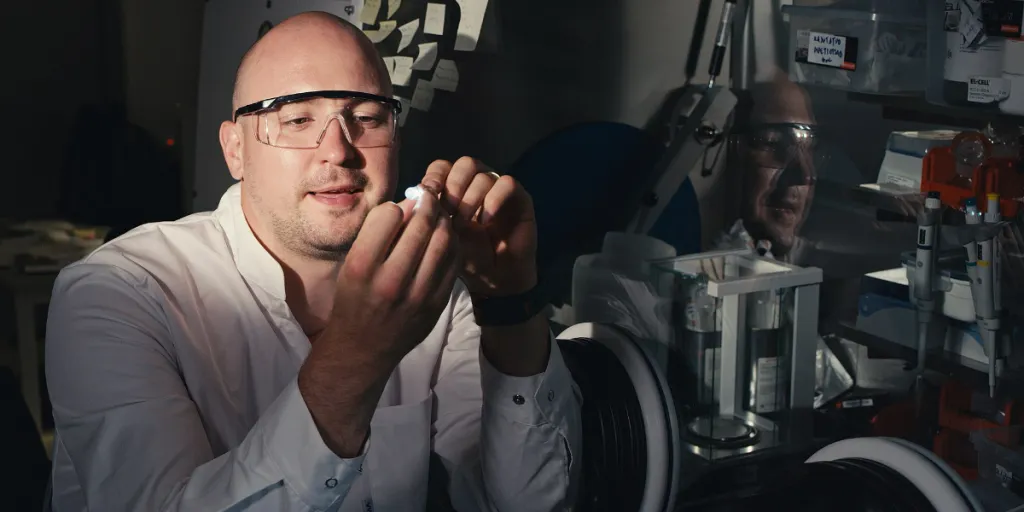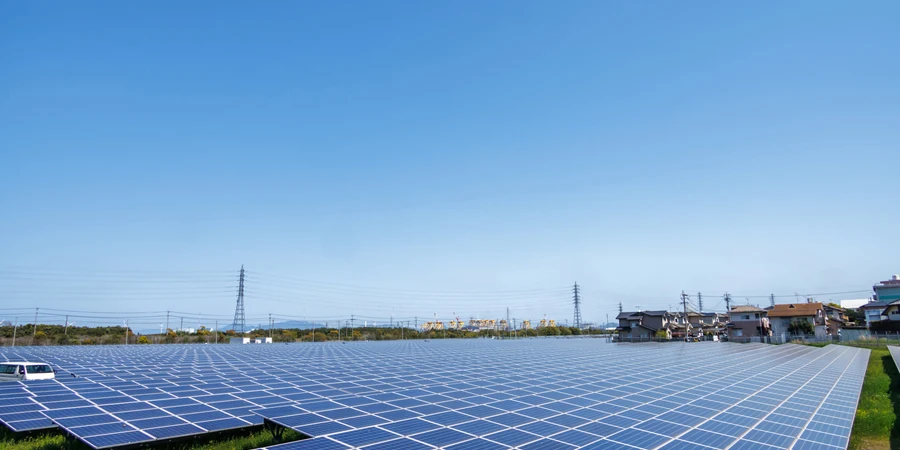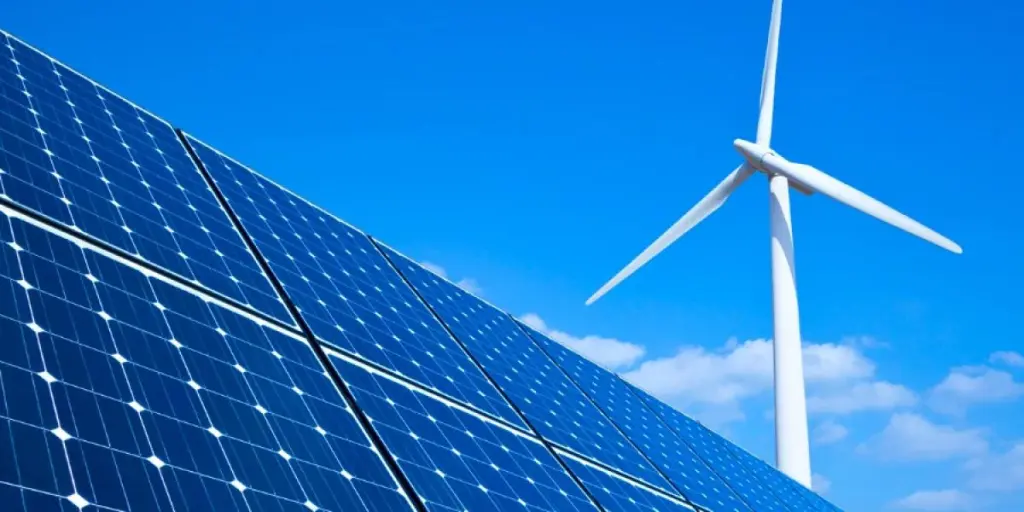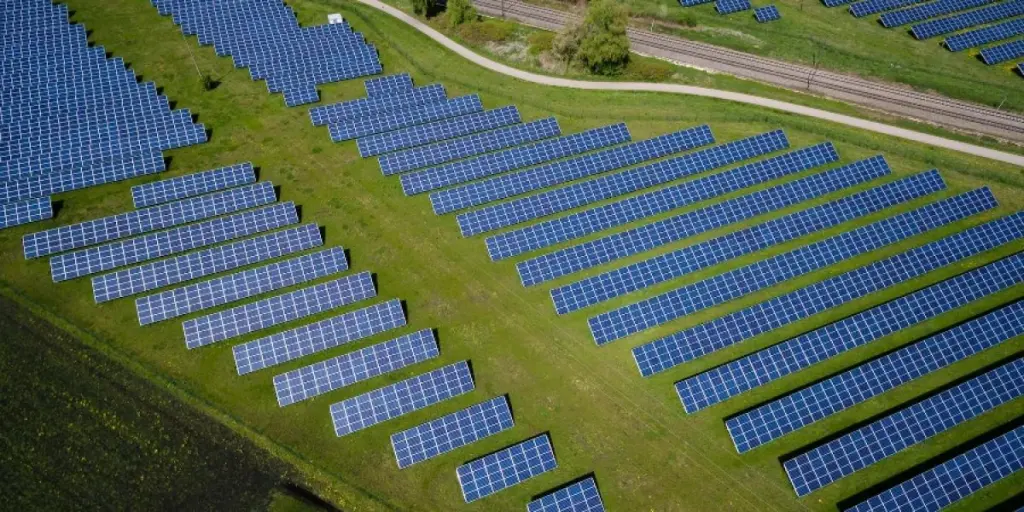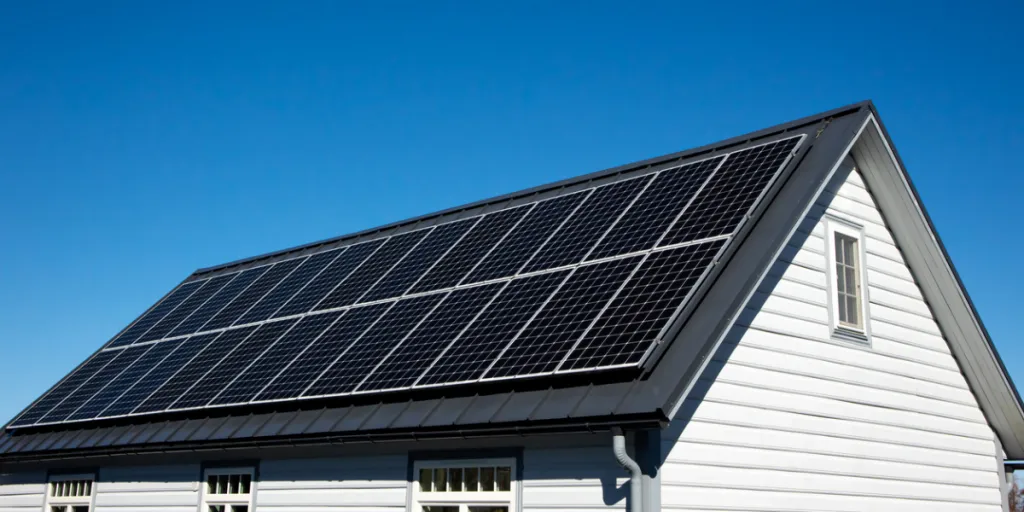Gone are the days when we could happily remove our mobile phone batteries to charge them separately or replace them by ourselves whenever needed. Indeed, almost all batteries for smartphones in the market now are built-in, making them completely non-removable. This also means that most of us probably have no idea about the type of rechargeable batteries that are powering our phones nowadays. The short answer to that is lithium batteries, the long answer, however, is two main types of lithium batteries—the lithium-ion (Li-ion) and the lithium-polymer (Li-po) batteries.
While Li-ion batteries are currently the most popular type of phone battery for most iPhone and Samsung phone models, Li-po batteries are catching up with more and more major brands including Samsung and Xiaomi as their phones are rolling out more powerful models backed by Li-po batteries. Yet while wrestling among the lithium battery family continues, sodium-ion batteries (Na-ion) have quietly emerged as another new candidate that is likely to take the rechargeable battery industry by storm. Read on to find out what makes sodium-based batteries so special, why many view them as the future for rechargeable batteries, and of course, the business opportunities that come with them.
Table of Contents
Market situation of rechargeable batteries
Sodium-ion batteries: the future of rechargeable batteries?
Lasting effect
Market situation of rechargeable batteries

The market for rechargeable batteries was valued at US$ 109.5 billion in 2022 and is expected to soar to US$ 165.5 billion by 2028, hitting a compound annual growth rate (CAGR) of 6.93%. Among the rechargeable batteries market, the Li-ion batteries market share is clearly the indisputable market leader, with another global market research article predicting its value to increase at a CAGR of 18.1% and reach more than US$ 182.53 by 2030.
Sodium-ion batteries, on the other hand, have reignited public interest after the pioneer in sodium-ion battery technology Faradion Limited was fully acquired by one of the subsidiaries of Reliance Industries in India at a value of £100 million in early 2022. The potential of the sodium-ion batteries market for energy storage systems is anticipated to be significant, especially among renewable sources such as wind and solar power. Hence it is forecast to achieve a CAGR of 14.68% from 2022 to 2027, bringing its figure from $244 million to $609 million, almost 2.5 times from its original total.
Sodium-ion batteries: the future of rechargeable batteries?
Longer lasting
July 2022 marked a jubilant month in the history of sodium-ion batteries development, as the first week of the month saw a science news website reporting a possibly exciting discovery on a new electrolyte formula replacement for sodium-ion batteries, which not only boosted the charge/discharge current but also managed to maintain a stable performance even after reaching 900+ cycles. The breakthrough in sodium-ion batteries iteration did not stop there but went on with a big break announcement about a week later, through the press release from the Pacific Northwest National Laboratory (PNNL) under the Department of Energy.
In fact, sodium-ion batteries had been placed under the limelight since exactly about a year ago, back in July 2021, when the Contemporary Amperex Technology Co. Ltd. (CATL), the world’s largest lithium-ion battery manufacturer for electric vehicles (EV), released its first generation of sodium-ion batteries for EVs. The discoveries of the PNNL team at the beginning of the third quarter of 2022, however, have definitely raised the bar in sodium-ion battery improvement, since the PNNL-designed technology claimed to have fundamentally altered the sodium-ion battery design to overcome some long-time technical challenges.
One of the most remarkable updates in their new design sodium-ion battery recipe is that the research team manages to prolong the battery’s long-lastingness in lab tests with a clever twist in the liquid core components. As a result of this formula switch, stabilization for electrolytes of sodium-ion batteries, which serve as the lifeblood that keeps the energy circulation in the batteries, improved and thereby helped to enhance the durability of the batteries.
PNNL researchers also addressed safety concerns over sodium-ion batteries compared to lithium-ion systems in view of a far higher chemical activity nature than lithium, which increases the risk of explosion or serious accidents. They came up with the adoption of a fire-extinguishing substance that can work at high voltages and is resistant to different temperatures. The result of this newly developed feature is the creation of a stable, extremely thin protective layer on the anode that helps to offer a long cycle life for sodium-ion batteries.
It is crucial to note that all these developments enable the researchers to preserve up to 90% of the capacity of sodium-ion batteries, meaning that there would be very little capacity loss even after an extended charging cycle of 300+ cycles. In other words, all these recent enhancements help further prolong the existing 10 years expected lifetime of sodium-ion batteries. To put these most recent advancements into perspective, the majority of manufacturers guaranteed 300-500 charging cycles or 3-5 years before a loss of around 20% (80% retained) in capacity performance for lithium-ion batteries.
Lower costs
The costs of sodium are unmistakably lower than lithium from the natural resource perspective as sodium is listed as number 6th most commonly found element in the world, accounting for 2.6% of the earth’s crust. Lithium, on the other hand, only makes up about 0.002% and is ranked 33rd on the chart instead. The costs comparison between sodium-ion batteries and lithium-ion batteries is in fact nothing new; researchers at Stanford University, for example, had pointed out the plain fact that sodium-ion is a better alternative from a costing point of view and strived to popularize widespread usage for it to help bring down the overall production costs for rechargeable batteries. Keep in mind that, however, the report from Stanford University was done more than 5 years ago, when lithium prices were still stabilized at around RMB 160,000 per tonne (around US$ 24,000/tonne at that time).
To date, the lithium price continues to soar and has surged by more than 350% compared to 5 years ago, reaching an all-time high of more than RMB 590,000 per tonne as of Nov. 2022. The dramatic surge in the lithium raw materials is in line with the skyrocketing demand for electric vehicles (EVs) from the 4th quarter of 2020 onward. The fact that most raw materials for lithium are processed into battery-grade products in China further exacerbated the situation since this means that the cost of energy storage is also influenced by international shipping fees, which have been greatly affected by the disruption in the global health and supply chain industry in recent years.
The great constant price hike is hence a crucial reason to find a substitute for lithium-based components now, and the naturally abundant sodium-ion, which ensures its supply and availability, is itself a justification for a reliable low-cost option. This provides a compelling reason in the research quest for the amelioration process for sodium-ion batteries, especially when most industry experts believe that a sodium replacement can help reduce the costs of rechargeable batteries by around 20-40%.
Larger scale

While the majority of us likely use lithium-ion batteries for our phones, laptops, assorted electronic devices, and electric cars, as well as various end-use sectors today, many of us might be unaware that these batteries are used in more applications than those commonly-known functions. In addition to the electronic devices and EV industries, the two other largest markets for lithium-ion batteries are cited as heavy machinery handling and energy storage fields, particularly the renewable energy sector.
And the good news is: the renewable energy sector is expected to double its value in 10 years, going from US$ 881.7 billion in 2020 to US$ 1,977.6 billion in 2030, reaching a CAGR of 8.4%. However, despite this tremendous potential, with lithium costs reaching a record high level now, the sustainability of the demand for lithium-ion for the renewable energy sector is in question. This is especially true given the substantial amount of energy needs coming from the renewable energy industry, as that implies a considerably higher overall total cost is required should the lithium prices continue to soar.
Meanwhile, putting the cost factor aside, lithium-ion batteries are in fact not an environmentally friendly option, particularly when it comes to large-scale storage since toxic metals such as cobalt and nickel are found in lithium-ion. These metals may cause harm to the water sources and ecosystems when disposed of. Inappropriate disposal of lithium-ion batteries has also been linked to fires in landfills or battery recycling facilities.
Fortunately, neither the cost nor the environmental concerns associated with lithium-ion batteries are relevant to sodium-ion batteries at all since sodium is naturally abundant from readily available cheap materials with high recyclability and improved safety. All these factors make sodium-ion a better candidate not only for standard battery applications for common electronic devices but also for much larger-scale deployment such as energy storage for renewable energy.
Lasting effect
The relentless development efforts among scientists and researchers in a continuous quest to refine available raw material for a cheaper and better replacement for the energy field has led to the latest discoveries and improvements for sodium-ion batteries. Several pieces of evidence presented by scientists have proven that sodium-ion batteries can be a longer-lasting alternative compared to lithium-ion batteries, especially for larger-scale applications in view of lower costs, natural abundance, and sustainable features of sodium.
The exceptional steady growth of large-scale energy storage demand for the renewable energy field signifies that there is a huge room for growth for sodium-ion batteries, especially with their increasing product iteration cycle. Interested investors are therefore recommended to enter the market before its peak. For more information on wholesale business inspirations and sourcing ideas, visit Alibaba Reads today.
